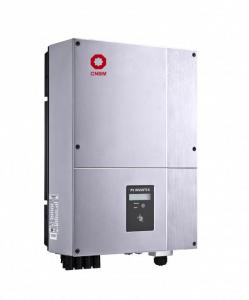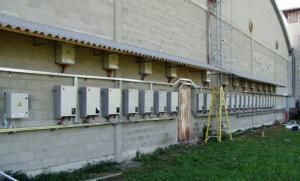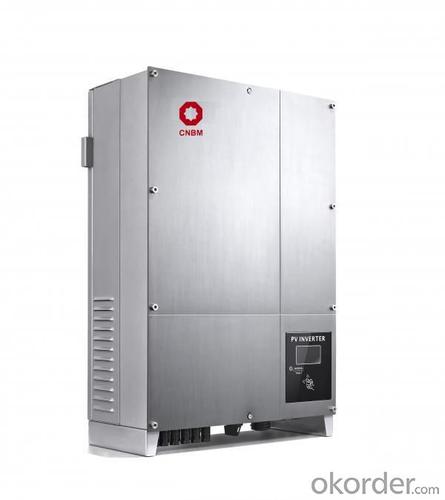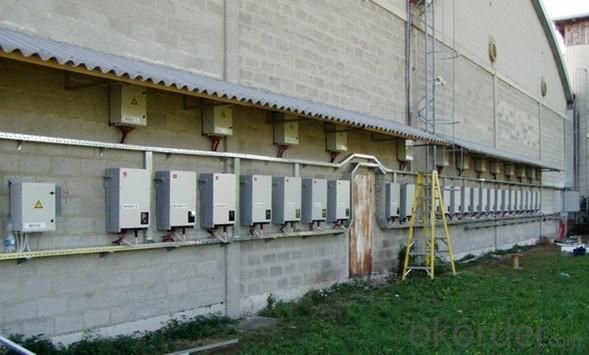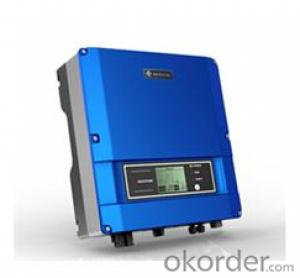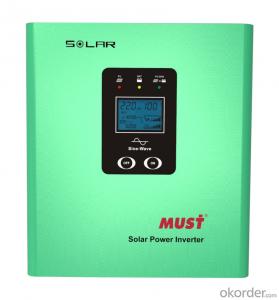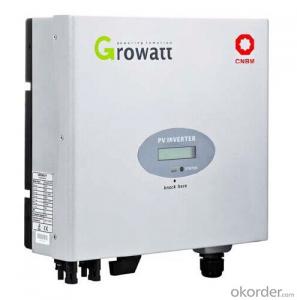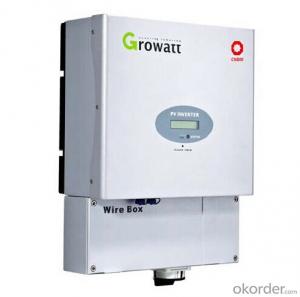Homage Solar Inverter Grid Tied 3-Phase CNBM-10000UE
- Loading Port:
- NanJing
- Payment Terms:
- TT
- Min Order Qty:
- 1 set set
- Supply Capability:
- 1000/month set/month
OKorder Service Pledge
OKorder Financial Service
You Might Also Like
Features of Grid Tied Solar Inverter 3-Phase CNBM-10000UE
CNBM International Corporation (CNBM International) is the most important trading platform of CNBM Group Corporation, a state-owned company under the direct supervision of State-owned Assets Supervision and Administration Commission of the State Council.
With a R&D team more than 100 engineers,40% of the staff, who has been deeply engaged in the photovoltaic industry for 10 years, CNBM takes the mission to increase the inverter availability and efficiency, putting continuous innovation to make CNBM inverter easier for installation and operation, and more cost-effective for solar plant construction. The full range of CNBM single phase inverters has received VDE, CE, G83/1, G59/2, ENEL2010, VDE4105, C10/C11, AS4777 etc.
Maximum efficiency of 97.8% and wide input voltage range, Internal DCswitch,MTL-String, Sound control,Bluetooth/RF technology /WiFiTransformerless,GT topology
The Grid Connected Solar Inverter we can offer is 1.5kw to 20kw.
Introduction of Grid Tied Solar Inverter 3-Phase CNBM-10000UE
Maximum efficiency of 97.8% and wide input voltage range
Integrated DC switch-disconnected
MTL-String
Sound control
Bluetooth/RF technology /Wi-Fi
Transformerless GT topology
5 years warranty (10 years as optional)
Technical data of Grid Tied Solar Inverter 3-Phase CNBM-10000UE
Model | CNBM-10000UE | CNBM-12000UE | |
Input data (DC) |
|
| |
Max. DC power | 10500W | 12500W | |
Max. DC voltage | 1000V | 1000V | |
Start voltage | 350V | 350V | |
PV voltage range | 180V-1000V | 180V-1000V | |
Max. input current | 15A | 17A | |
Number of MPP trackers /strings per MPP tracker | 2/2 | 2/2 | |
Output (AC) |
| ||
Rated AC output power | 10000W | 12000W | |
Max. AC power | 10000VA | 12000VA | |
Max. output current | 16A | 19A | |
Power factor | 1 | 1 | |
THDI | <3% | <3% | |
AC connection | Three phase | Three phase | |
Efficiency |
| ||
Max. efficiency | 98% | 98% | |
Euro weighted efficiency | 97.5% | 97.5% | |
MPPT efficiency | 99.5% | 99.5% | |
Protection devices |
| ||
Output over voltage protection-varistor | yes | yes | |
Ground fault monitoring | yes | yes | |
Grid monitoring | yes | yes | |
General Data |
| ||
Dimensions (W / H / D) in mm | 740/440/235 | 740/440/235 | |
Weight | 41KG | 41KG | |
Operating temperature range | –25°C ... +60°C | –25°C ... +60°C | |
Altitude | 2000m(6560ft) without derating | ||
Self-Consumption night | < 0.5 W | < 0.5 W | |
Topology | Transformerless | ||
Cooling concept | Natural | Natural | |
Environmental Protection Rating | IP65 | IP65 | |
Features |
| ||
DC connection | H4/MC4(opt) | H4/MC4(opt) | |
Display | LCD | LCD | |
Interfaces: RS485/RS232/Bluetooth / RF/Zigbee/Wifi | yes/yes/opt/opt/opt | ||
Warranty: 5 years / 10 years | yes /opt | ||
Certificates and approvals | CE、VDE 0126-1-1、DK5940、G83/1-1、G59/2、RD1663、EN50438、 VDE-AR-N4105、CEI-021、IEC-62109、ENEL-Guide | ||
Grid Tied Solar Inverter 3-Phase CNBM-10000UE is simple national setting of line supply monitoring, Easy country configuration, with Multi-language,display, currently available for most of the countries over the world.With technical creativity and scientific management, the factory established first class R&D and test centers, as well as management and R&D teams comprising of PhDs and masters with overseas qualification.
Figure 1 the application of Grid Tied Solar Inverter 3-Phase CNBM-10000UE
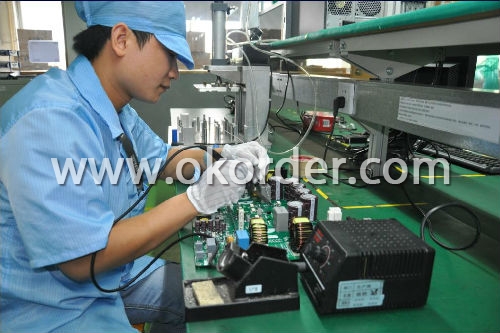
Figure 2 The Stock of Grid Tied Solar Inverter 3-Phase CNBM-10000UE
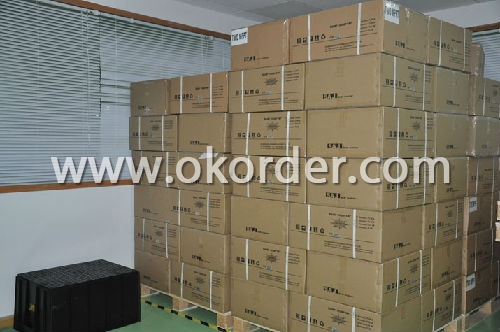
- Q: How long does a solar inverter last?
- A solar inverter typically has a lifespan of around 10 to 15 years, although this can vary depending on various factors such as the quality of the inverter, its usage, and maintenance.
- Q: How does a solar inverter handle temperature variations?
- A solar inverter is designed to handle temperature variations by incorporating advanced thermal management systems. These systems ensure that the inverter operates within a specified temperature range, typically between -25 to 60 degrees Celsius. The inverter uses internal fans, heat sinks, and sometimes liquid cooling mechanisms to dissipate heat generated during operation. Additionally, the inverter may have temperature sensors that monitor the internal and external temperatures, allowing it to adjust its performance and efficiency accordingly. This temperature management enables the solar inverter to operate optimally and maintain its reliability even in extreme temperature conditions.
- Q: What is the role of a galvanic isolation circuit in a solar inverter?
- The role of a galvanic isolation circuit in a solar inverter is to provide a barrier of protection between the high-voltage DC input from the solar panels and the low-voltage AC output. It ensures electrical safety by isolating the input and output circuits, preventing any direct electrical connection or potential leakage current. This isolation helps to prevent electrical faults, ground loops, and potential damage to the solar inverter or connected equipment, while also reducing the risk of electrical shock.
- Q: Can a solar inverter be used in systems with different module tilts?
- Yes, a solar inverter can be used in systems with different module tilts. Solar inverters are designed to convert the DC power generated by solar panels into AC power for use in the electrical grid or in the building. The module tilt refers to the angle at which the solar panels are installed, which can vary depending on factors like geographical location and specific installation requirements. Solar inverters are typically designed to be adaptable and can accommodate a wide range of module tilts, allowing for flexibility and optimization of solar energy generation.
- Q: Can a solar inverter be used in systems with different module strings?
- Yes, a solar inverter can be used in systems with different module strings. Solar inverters are designed to be compatible with a wide range of module string configurations, allowing for flexibility in system design and installation. The inverter's maximum input voltage and power ratings should be considered to ensure compatibility with the different module strings, but as long as these specifications are within the inverter's limits, it can effectively convert the DC power generated by the module strings into AC power for use in the system.
- Q: What are the advantages of using a solar inverter with battery storage?
- The advantages of using a solar inverter with battery storage include the ability to store excess solar energy generated during the day for use during the night or during periods of low solar generation. This allows for increased self-consumption of solar energy, reducing dependence on the grid and lowering electricity bills. Additionally, solar inverters with battery storage provide backup power during grid outages, ensuring a continuous power supply. They also offer flexibility in managing energy usage, allowing homeowners to optimize their energy consumption patterns and potentially earn additional revenue through participation in grid services or time-of-use tariffs. Overall, the integration of battery storage with solar inverters enhances energy independence, resilience, and cost savings.
- Q: Can a solar inverter be used in a remote location without access to the grid?
- Yes, a solar inverter can be used in a remote location without access to the grid. Solar inverters are designed to convert the direct current (DC) generated by solar panels into the alternating current (AC) that can be used to power electrical devices. In remote locations, solar panels can be used to generate electricity independently, and the solar inverter can then convert this DC power into AC power for immediate use or to be stored in batteries for later use. This allows for the utilization of solar energy even in areas without grid connectivity.
- Q: How does a solar inverter communicate with monitoring systems?
- A solar inverter communicates with monitoring systems using various communication protocols such as Wi-Fi, Ethernet, cellular networks, or powerline communication. These protocols allow the inverter to transmit data such as energy production, system health, and performance metrics to the monitoring systems. This communication enables real-time monitoring, fault detection, and remote management of the solar system.
- Q: Can a solar inverter be used in remote areas?
- Yes, a solar inverter can be used in remote areas. Solar inverters are designed to convert the direct current (DC) produced by solar panels into alternating current (AC) that can be used to power electrical devices. As long as there is access to sunlight, solar panels can generate electricity, making solar inverters suitable for remote areas that may not have access to the traditional power grid.
- Q: Can a solar inverter be used with a wind turbine?
- Yes, a solar inverter can be used with a wind turbine. Both solar panels and wind turbines generate DC (direct current) electricity, which needs to be converted to AC (alternating current) to be used in most household appliances and the electrical grid. A solar inverter is designed to convert DC electricity from solar panels into AC electricity, and it can also be used to convert the DC electricity generated by a wind turbine into AC electricity. However, it is important to note that wind turbines usually generate higher voltage and fluctuating currents compared to solar panels, so the inverter used with a wind turbine may need to be specifically designed to handle these variations. Additionally, wind turbines often have their own specialized inverters that are optimized for their unique electrical characteristics.
Send your message to us
Homage Solar Inverter Grid Tied 3-Phase CNBM-10000UE
- Loading Port:
- NanJing
- Payment Terms:
- TT
- Min Order Qty:
- 1 set set
- Supply Capability:
- 1000/month set/month
OKorder Service Pledge
OKorder Financial Service
Similar products
Hot products
Hot Searches
Related keywords

